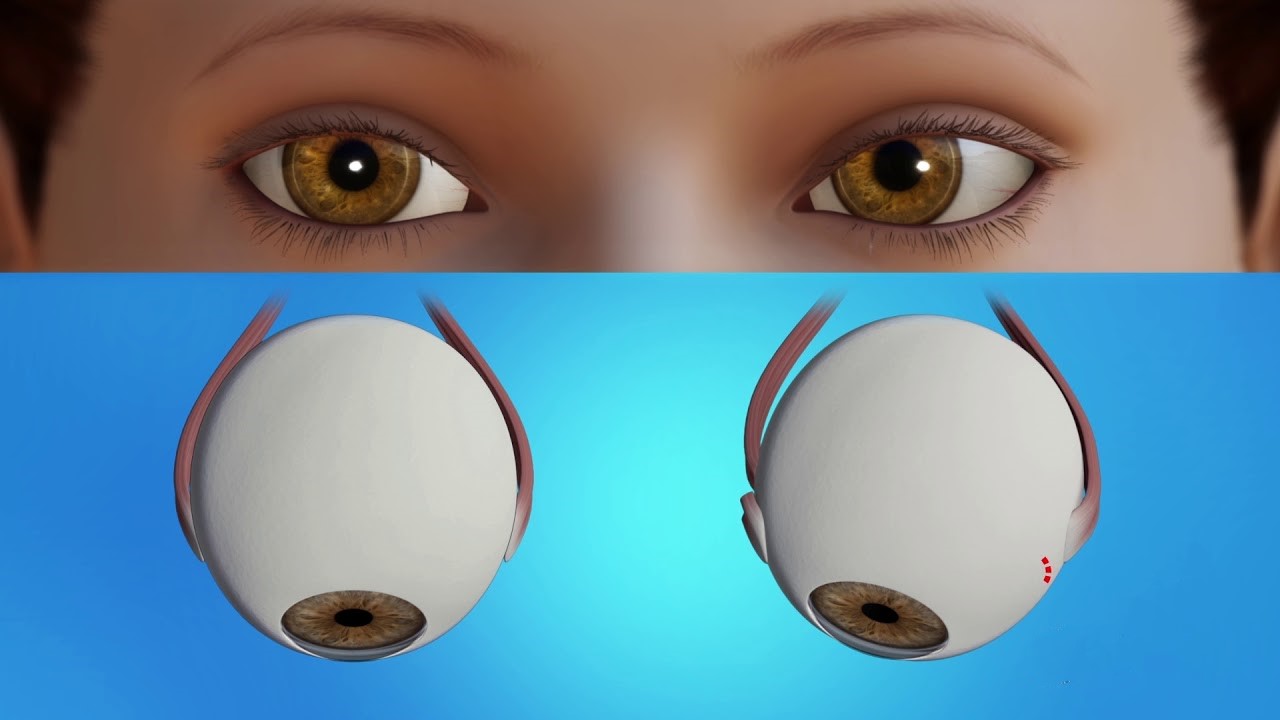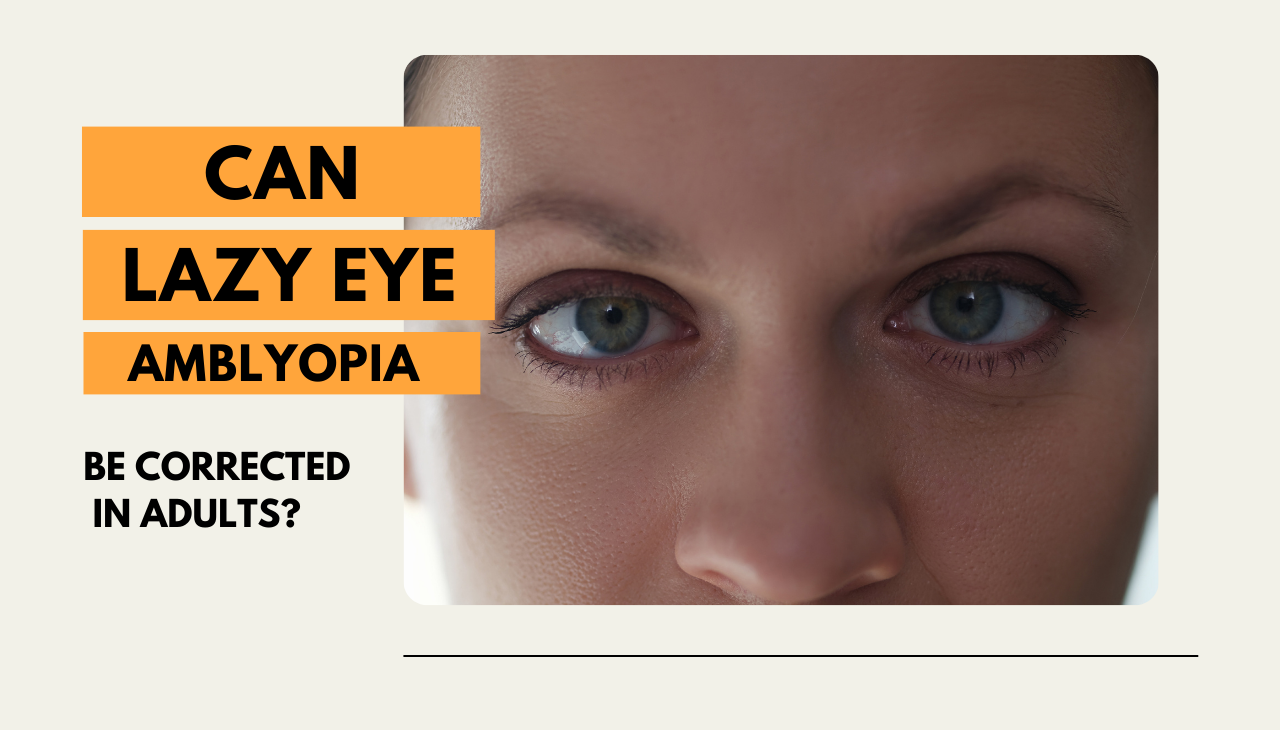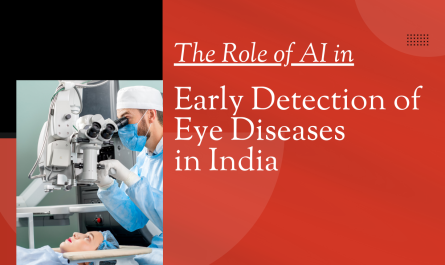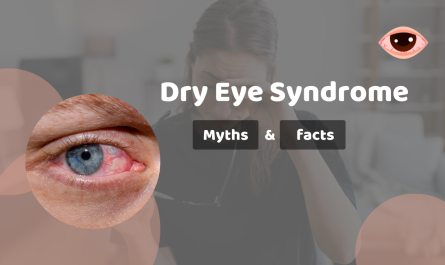Introduction
Lazy eye, also known as amblyopia, is a common vision disorder that typically develops during childhood. It occurs when one eye has weaker vision than the other due to a lack of visual stimulation during early development. While amblyopia is often associated with childhood, it can also affect adults. Many people wonder if it’s possible to correct amblyopia in adults. We will explore this question and provide insights into the available treatment options.
What is Amblyopia?
Amblyopia is an optical condition in which the brain favors one eye over the other, leading to a significant difference in visual difference between the two eyes. The brain relies on the stronger eye for processing visual information. Causing the weaker eye to become progressively worse over time. Common causes of amblyopia in children include crossed eyes. Significant differences in prescription between the eyes, or visual obstructions such as cataracts.

Can Amblyopia be Corrected in Adults?
Yes, Amblyopia can be corrected in adults. Here are some approaches that can help adults with amblyopia:
- Vision therapy is a non-surgical approach to treating amblyopia in both children and adults. It involves a series of eye exercises and activities aimed at improving the coordination of the two eyes.
- Patching the stronger eye to encourage the use of the weaker eye has been a common treatment method for amblyopia in children. While it is less effective in adults, it can still be considered in some cases.
- Atropine drops are sometimes used in combination with patching. When instilled in the stronger eye, they blur its vision, forcing the weaker eye to work harder. This approach can be more comfortable for adults and can help improve the vision in the amblyopic eye.
- Using contact lenses
- Binocular Vision Therapy may include the use of specialized glasses, prisms, and exercises designed to encourage both eyes to work together.
Challenges in Treating Amblyopia in Adults
Treating amblyopia in adults can be more challenging than in children for several reasons:
- Reduced neuroplasticity, the brain’s ability to rewire itself.
- Adult patients with amblyopia often have other vision-related issues or health conditions that can complicate the treatment process.
- Patient Compliance
- Varied Results
Conclusion
While amblyopia is typically associated with childhood, it can also affect adults. Treating amblyopia in adults is more challenging due to reduced neuroplasticity and other factors, but it is not impossible. Various treatment options, including vision therapy, patching, atropine drops, eyeglasses, contact lenses, and binocular vision therapy, can be considered. Adults with amblyopia need to consult with an eye care professional to determine the most appropriate treatment plan for their specific case.
For the consultation and treatment of amblyopia, Laxmi Eye Institute and Hospitals in Navi Mumbai offer comprehensive and specialized care. The institute is equipped with a dedicated team of eye care professionals who are experienced in addressing amblyopia, commonly known as lazy eye.
By choosing Laxmi Eye Institute, you are opting for a facility that prioritizes advanced treatment methods. The institute is committed to excellence in eye care. They ensure a thorough assessment of your condition and provide a tailored treatment plan to improve vision and enhance overall eye health. Schedule a consultation with Laxmi Eye Institute and Hospitals to embark on a journey towards effective and specialized care for amblyopia.




